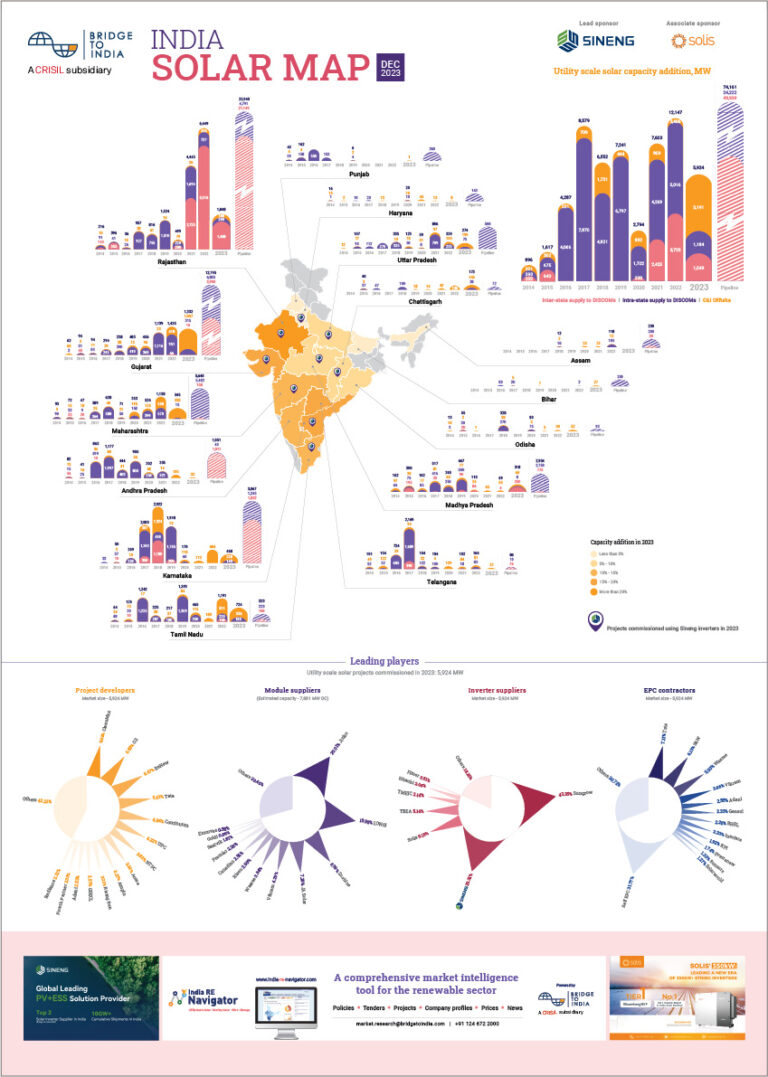On the long road to electric mobility revolution
Electric mobility is expected to be the next big frontier in energy transition. But the roadmap is fuzzy and the technical and financial challenges are so arduous that the Indian government is having difficulties in laying out a clear vision. After dismissing an earlier talk of 100% electrification of vehicles by 2030 and subsequently reducing the target to 30%, there are new proposals mooted by NITI Aayog to achieve faster electrification of new vehicle sales by 2026. But the automobile industry is unhappy with the aggressive proposals and the Minister of Road Transport and Highways has waded into debate by calling for wider consultation.
- The new proposals warrant all new two-wheeler, three-wheeler and commercial vehicles sold from April 2026 onwards to be in the form of electric vehicles (EVs);
- Registered four-wheeler EVs accounted for a miniscule 0.1% share of total car sales in FY 2018-19 as consumers remain concerned about high cost and lack of charging infrastructure;
- Unlike other countries, India has little financial capacity to significantly subsidise development of the EV market;
The NITI Aayog has recommended that all new two-wheeler, three-wheeler, and commercial vehicles sold from April 2026 onwards should be in the form of EVs. It has also recommended a phased introduction for commercial four-wheeler EVs rising from 2.5% in FY 2020-21 to 40% in FY 2025-26. That effectively covers more than 90% of total automobile sales in India (23 million vehicles annually based on actual sales volumes in FY 2018-19).
A quick dose of reality is needed. EVs accounted for 3% of total domestic automobile sales with sales of 759,600 units in FY 2018-19. But cheap two-wheelers and three-wheelers, mostly unregistered and uncertified, constituted vast majority of this market (99.6% share). Four-wheelers accounted for a tiny 0.4% with sales of only 3,600 vehicles in FY 2018-19. Reasons for slow uptake include high cost, low demand (and supply), and lack of charging infrastructure.
The government has recently sanctioned phase-II of the Faster Adoption and Manufacturing of Electric Vehicles (FAME) scheme with INR 86 billion (USD 1.2 billion) in financial incentives. The target is to achieve cumulative sales of 1.5 million vehicles by March 2022. The scheme rightly incentivises only vehicles using lithium-ion batteries or other modern technologies. The primary focus is on two-wheelers, three wheelers and fleet vehicles. 100% success rate for the scheme would amount to about 2% share for EVs in the next three years.
Table: FAME-II subsidy plan

Source: Ministry of Heavy Industries and Public Enterprises notification
As observed internationally, subsidies have a crucial role to play in spurring market growth, but the Indian government does not have the fiscal headroom to significantly enhance subsidy budget. Moreover, the subsidy-based schemes in India are notorious for their poor track record and implementation. Phase-I of the FAME scheme had targeted allocation of INR 8 billion in subsidies in 2 years but only INR 5.8 billion was allocated over nearly four years.
The Indian government needs to think big but also pay due regard to various technical, operational, and financial challenges at the same time. Our belief is that the EV market would remain nominal in size for another 4-5 years until cost-technology proposition becomes more amenable.












